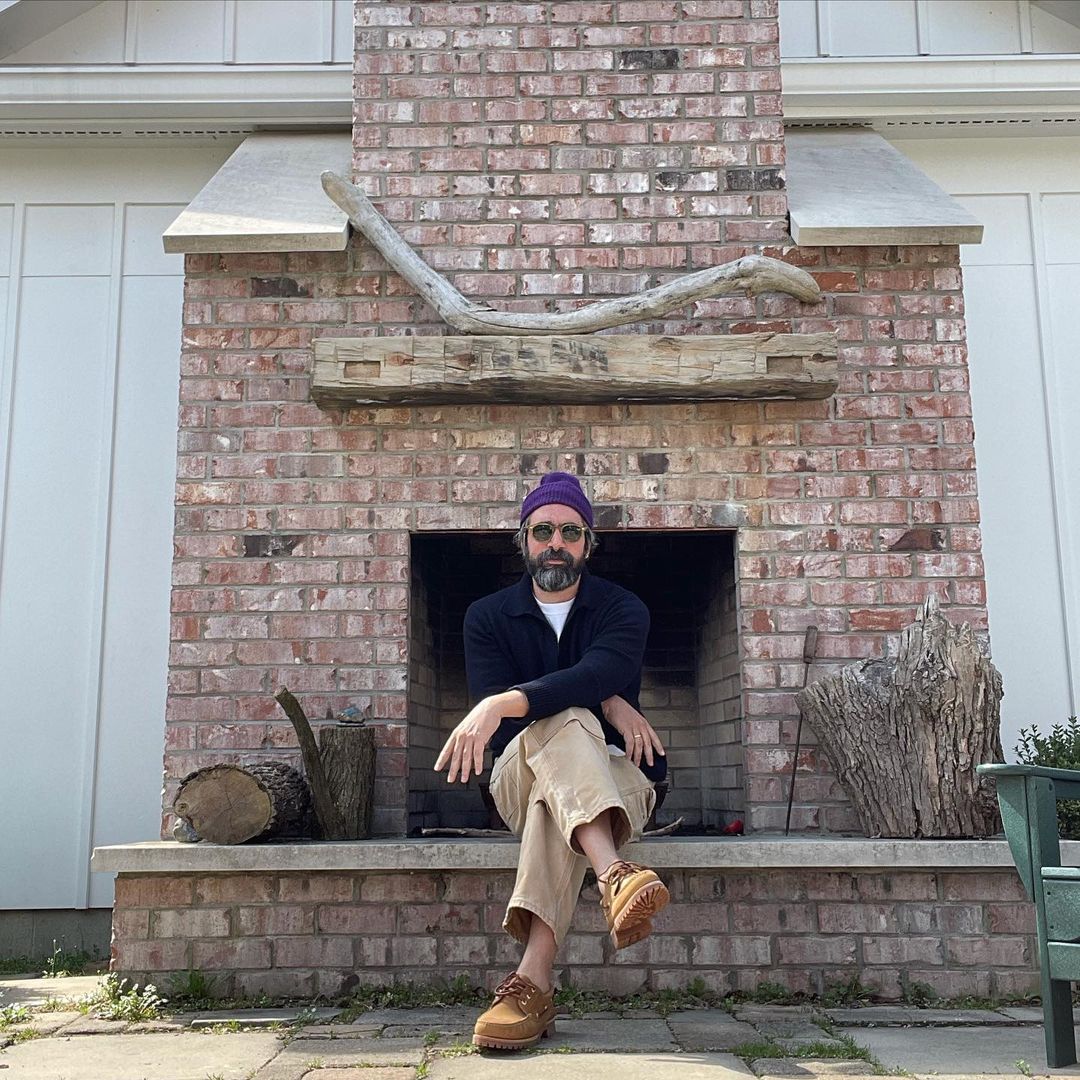
In an industry known for preening and peacocking, Aaron Levine is a rare and shy bird. Over the last ten years, he’s become one of the menswear industry’s favorite “in the know” designers. Influential menswear figures such as Michael Williams, David Coggins, and Lawrence Schlossman have sung his praises. For a while, his work at Hickey was something of an obsession among menswear bloggers. Still, you won’t see him show up much on street-style blogs or in interviews. Levine often plays his work down and likes to fly under the radar. For this reason, many menswear enthusiasts may have his creations in their closets, despite not knowing his name.
Last month, Levine published an Instagram post announcing that he had just been let go as the Senior Vice President of Men’s and Women’s Design at Abercrombie & Fitch, after having worked at the company for six years. It came as a shock to people who have long known and loved his work (including me). When Levine was the Vice President of Men’s Design at Club Monaco, I often recommended their affordable knits and outerwear to readers. When Levine moved to Abercrombie & Fitch, I started paying attention to the brand.
I’ve also long admired Levine’s personal style, as his interests closely mirror my own. On his Instagram page (which became public just a couple of years ago), he mixes classic tailoring with militaria, sportswear, and sneakers. I secretly visit his account every once in a while to get inspired on how to wear things and what to buy (Levine tags everything, so it’s easy to see). I love how he wears Drake’s in more contemporary ways, and how he pairs Blundstone boots with workwear. Ganni’s thick beanies is one of his style signatures. He also shops a lot on eBay, where he scores amazing finds such as this Armani Collezioni overcoat. Despite being a very cool, well-dressed designer, Levine is also not the kind of aloof figure you might assume. On his Instagram, he talks about very vulnerable issues such as how he deals with anxiety.
Given that he’s now at a temporary stopping point in his career, I reached out to him to see if he would be willing to talk about his view of the fashion industry. We chatted about his experience working for smaller and larger brands, what he thinks of the future of brick-and-mortar retailing, his Instagram posts, and his love for thrifting.
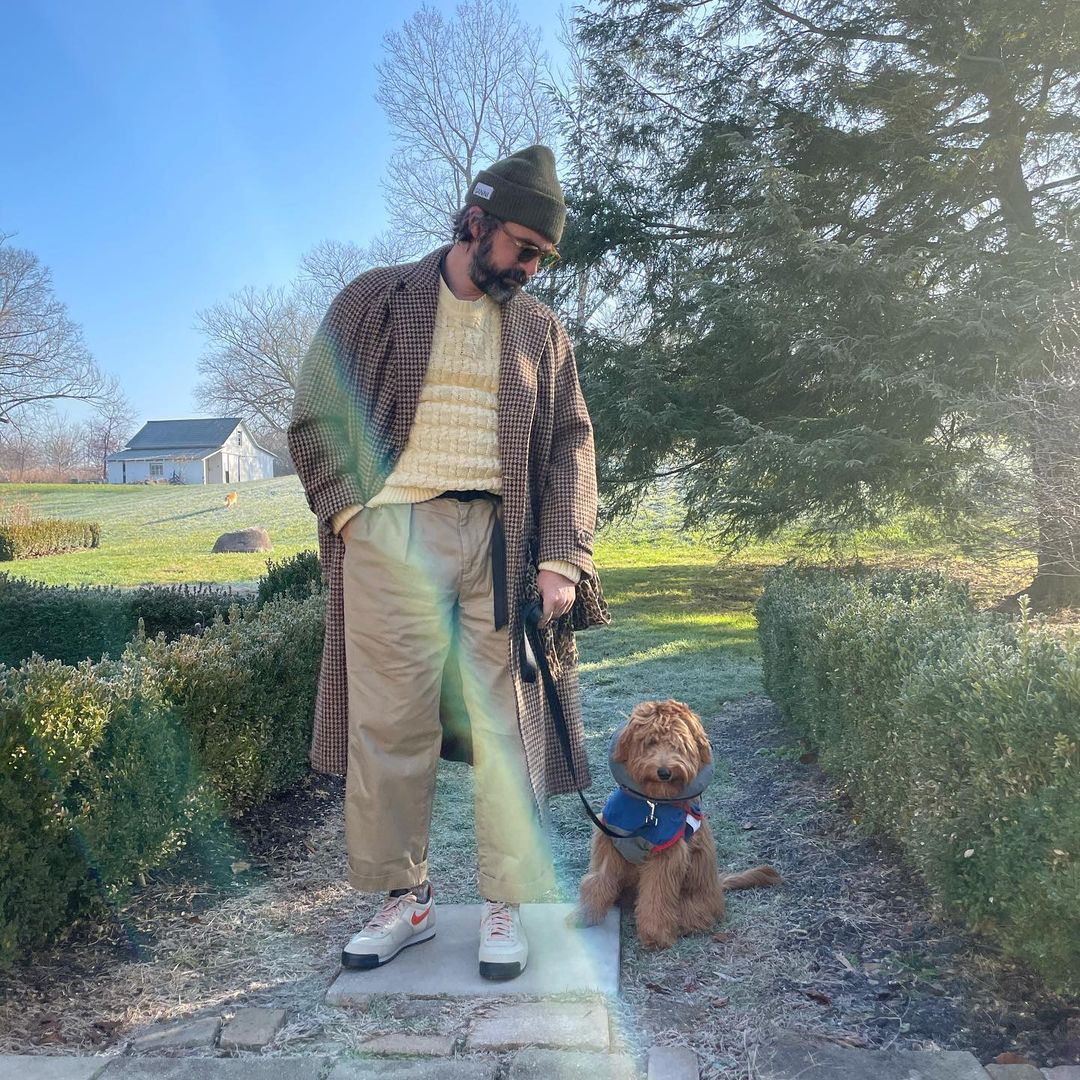
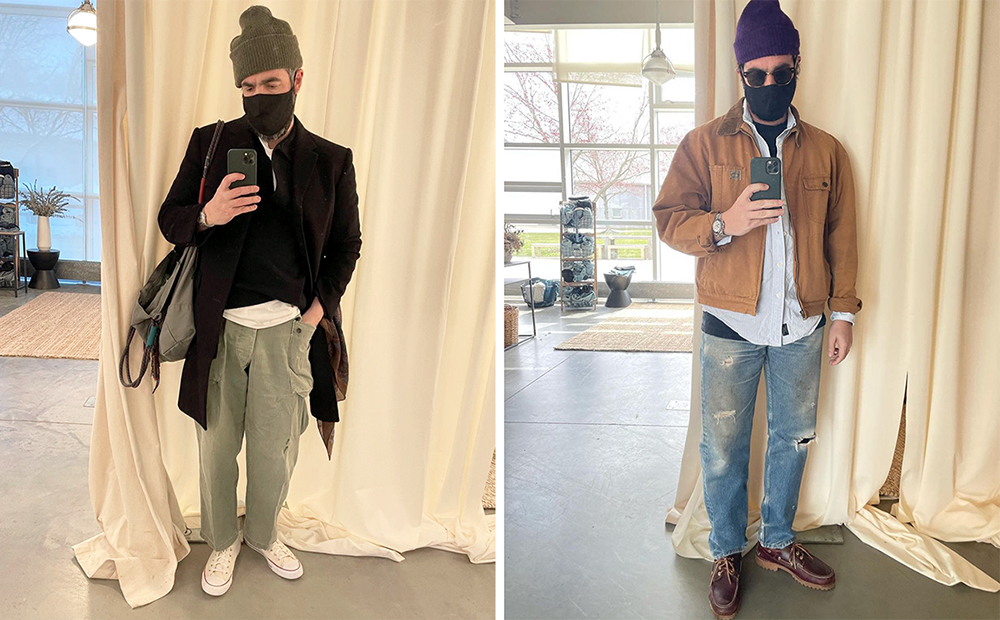
Derek Guy: How did you get into designing clothes?
Aaron Levine: My first job in this industry was actually in retail. I worked at the Abercrombie & Fitch store in Richmond, Virginia, in 1999. I knew at the time that this was something I wanted to pursue, but perhaps not in that specific capacity. So I went to school. I actually didn’t finish my program — I got frustrated, changed directions, and moved to New York City. While there, I got a job as a showroom assistant and then was promoted to account executive within a year. But I still knew I didn’t want to go down a career path in sales, so I took a demotion to be a design assistant. I was so intimidated at the time. There were so many people around me with RISD degrees and formal education backgrounds. I remember looking at the woven shirt designer and thinking, “if I can just get to that level, I would be AMPED!”
Eventually, I left that company and went to Hickey Freeman. I started in a design assistant capacity there and worked my way up to Design Director of Hickey, which was a younger take on the brand. It felt really good introducing tailored clothing to a younger generation. So I guess that’s when I really started designing, but I had no formal training. After that, I worked for a company called Rogues Gallery, which was based out of Portland, Maine. That experience was very organic and incredibly creative, but it was not financially viable. After about a year, they couldn’t afford to pay me anymore, which was terrifying. When they ended up shutting down the business, I learned about it third hand. It wasn’t confirmed to me until I read about it in WWD. I was kind of upset about it at the time, as I had two young children and was the sole breadwinner in my family. But it ended up opening other doors. A couple of people from Jack Spade and Urban Outfitters read the same WWD article, which allowed me to interview them. That lead to a design job at Jack Spade, and then Club Monaco, and then Abercrombie & Fitch.
DG: Having worked for large and small companies now, how do you compare those experiences?
AL: There are pros and cons to each. At a larger company, you’re working with a much larger group of people. So to succeed, you need to get everyone moving in the same direction. Big companies often have different pillars for support — design, sourcing, planning, merchandising, etc. If you’re on the design team, you’re working on how the collection will look. But you still need the sourcing department to support you with the fabrics and the planning department to figure out the numbers. At a small company, you may have those same pillars, but you may not. If you’re short-staffed, you have to do what you need to do to make things work. So may end up wearing many different hats — doing part of the sourcing, part of the designing, part of the marketing, etc.
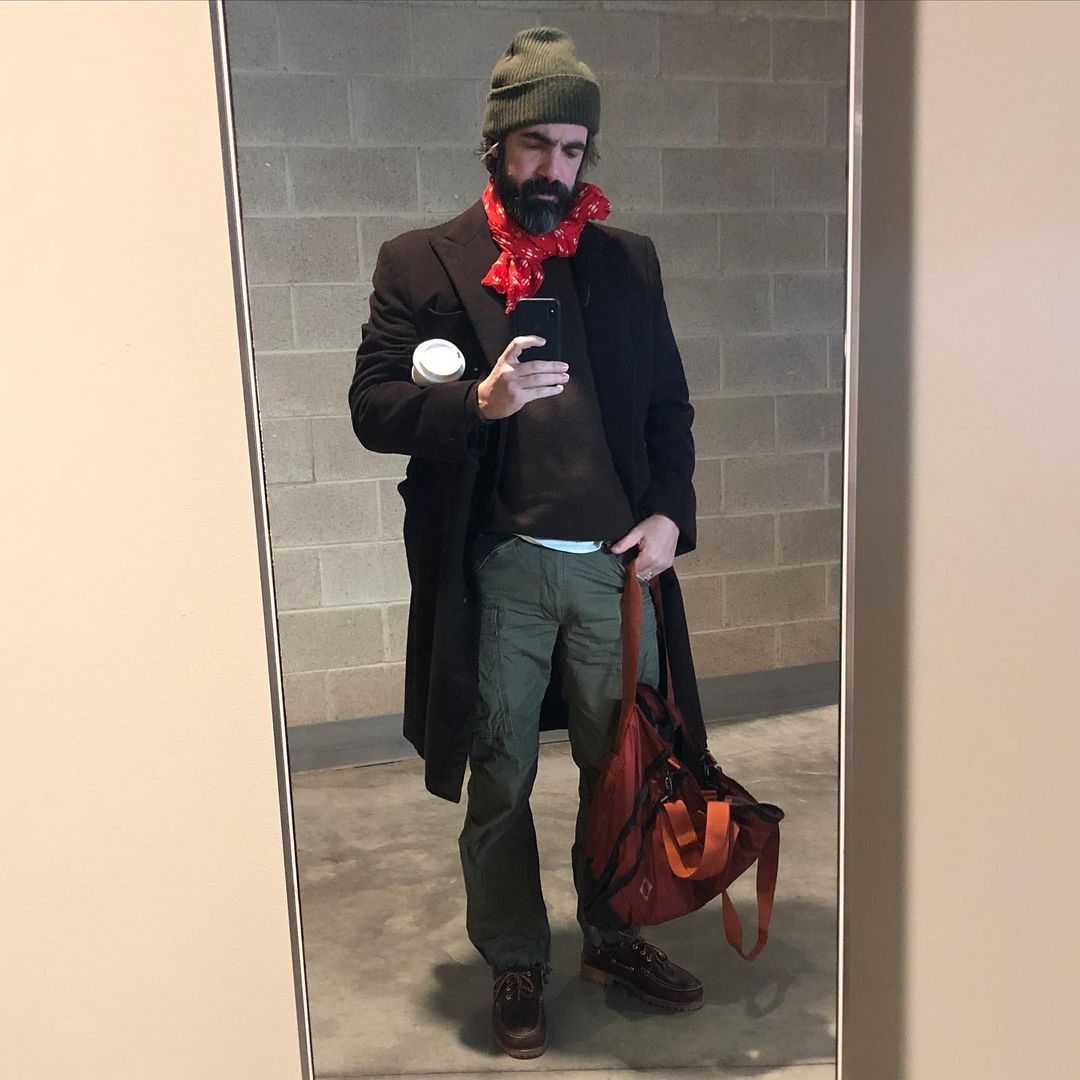
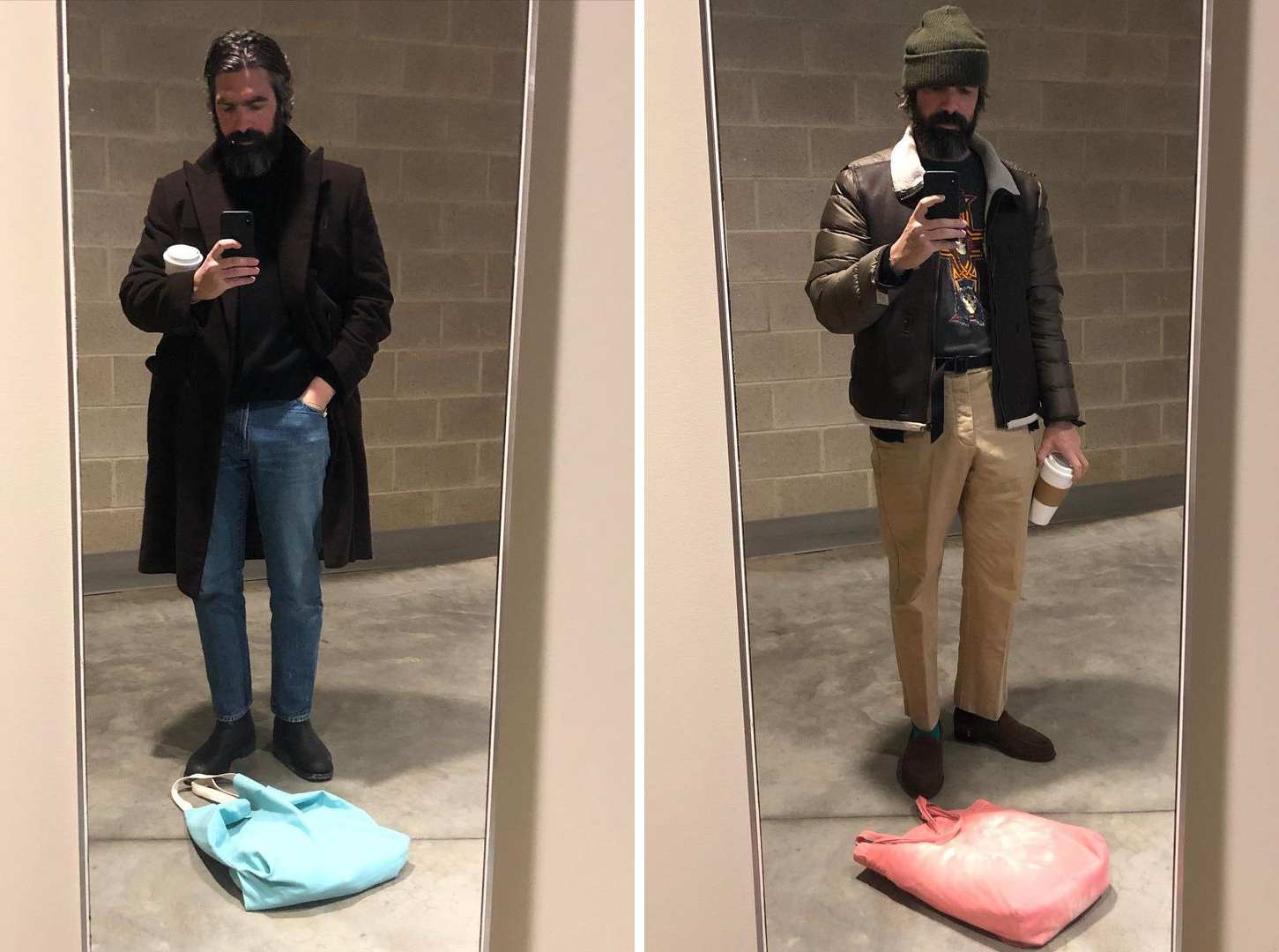
Since there’s more money on the line at a larger company, there are also more checkpoints throughout the process. When designing a collection, we’ll come up with some concepts — we’ll have a color palette, prints, patterns, styling ideas, and outfitting direction. We’ll then present that concept to our business partners, and they’ll poke holes in it. They may say, “let’s see more of this” or “how about we do more of that.” We then launch sketches and develop a clearer color palette, clearer print direction, clearer styling, and clearer overall perspective. In this process, you’re getting everyone else on board and moving in the same direction. In some ways, there’s safety in that, as you’re refining these ideas through review meetings and being supported by different people. It’s a very collaborative process.
I think my favorite part of this type of job is partnering up with people. When everyone knows what they’re supposed to be doing and they’re working towards a common goal, that’s when teams start to succeed. That’s easily my favorite part of this job, regardless of the size of the company. When you’re working with good people and everyone is moving towards a goal, it feels great.
DG: Do you ever find yourself consciously thinking about trends when designing a collection? Like, do you ever think, “fleece is going to be hot next year, we need to include that.” If so, how do you spot those trends early on?
AL: Oh, absolutely. You know, we’re thinking about the customer first, and then the trend component next. We build loyalty to certain items and then build on those types of items or stories. And we’re always looking at what’s on the horizon. From a customer’s perspective, they want to see new things, but also be able to come back for their favorites.

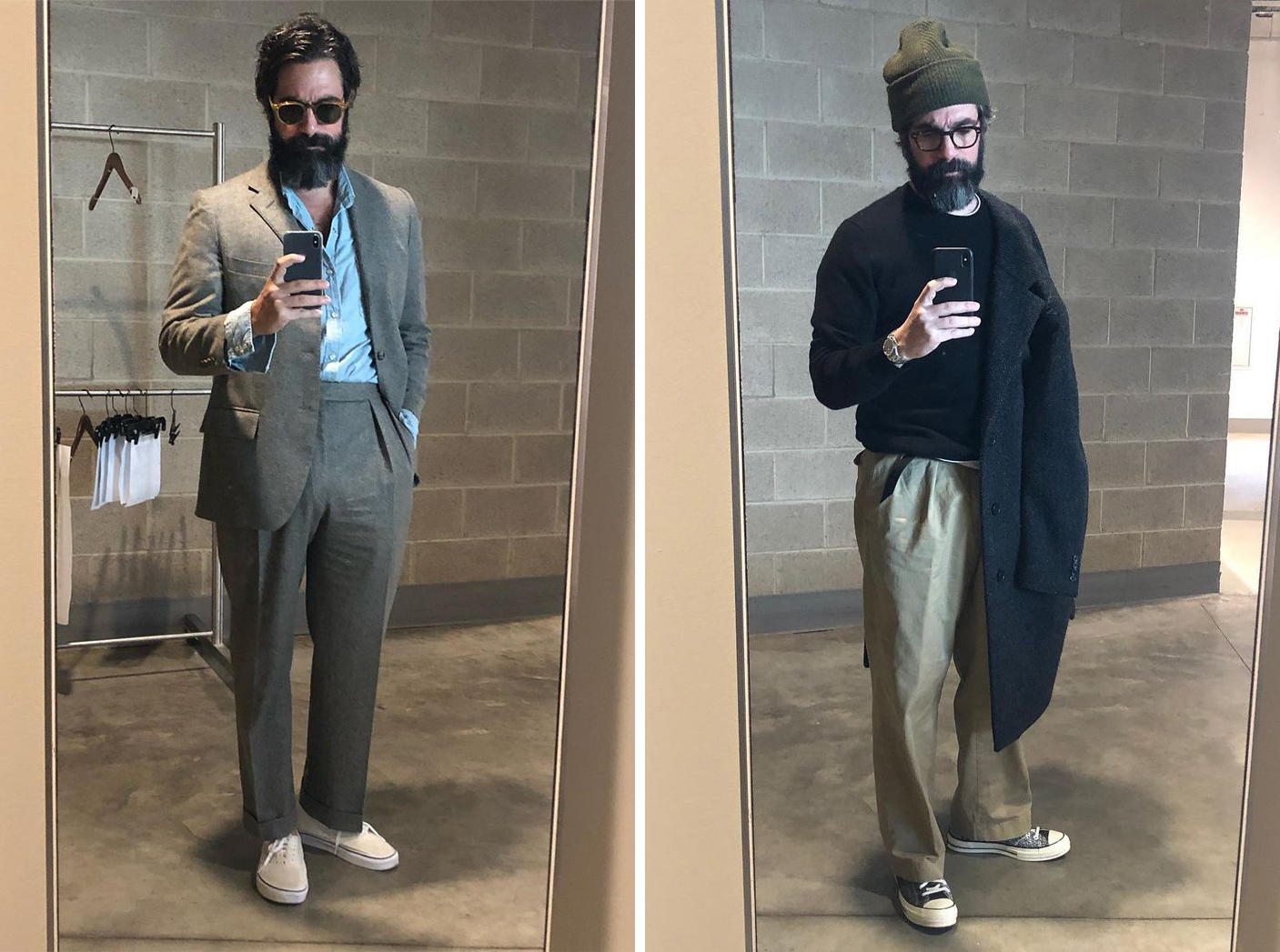
As for spotting trends, I think it’s guttural. Of course, big companies have access to trend forecasters. I appreciate those forecasters, as I relied on other people who depend on them. But as a designer, I’m constantly looking at what’s going on around me. I look at what’s happening in the market, in cities, and among thought leaders. I’m not saying I see everything — good lord, not everything, as there are so many ideas out there. But I think I have a pretty good barometer for where I’m sitting. When I see things happening multiple times, I’ll start to notice.
DG: You’ve worked with companies with a substantial brick-and-mortar footprint and occupy the middle price tier in fashion. They’re not Gucci-level luxury, but they’re also not H&M. In the last ten years, both of these aspects of the fashion industry have come under heavy attack. Brick-and-mortar stores are finding it harder to operate as customers shift their spending online. Real estate costs are soaring. The middle tier of fashion is also getting squeezed by luxury brands and fast fashion. Do you think there’s a future for middle-tier, brick-and-mortar retailing?
AL: I don’t think stores are dead. I really don’t. It all comes down to having a point of view and the right teams at these companies. I think any brand has a chance, so long as they’re open-minded and pushing things forward. Whether it’s online or a physical space, the experience still matters. As long as it’s genuine, earnest, and authentic, people will go to a store. However, the days of just repeating things and rolling things out in a generic fashion are dead. You have to keep the experience fresh and the product engaging. It doesn’t have to be a high-concept store, either. It just has to be genuine and earnest.
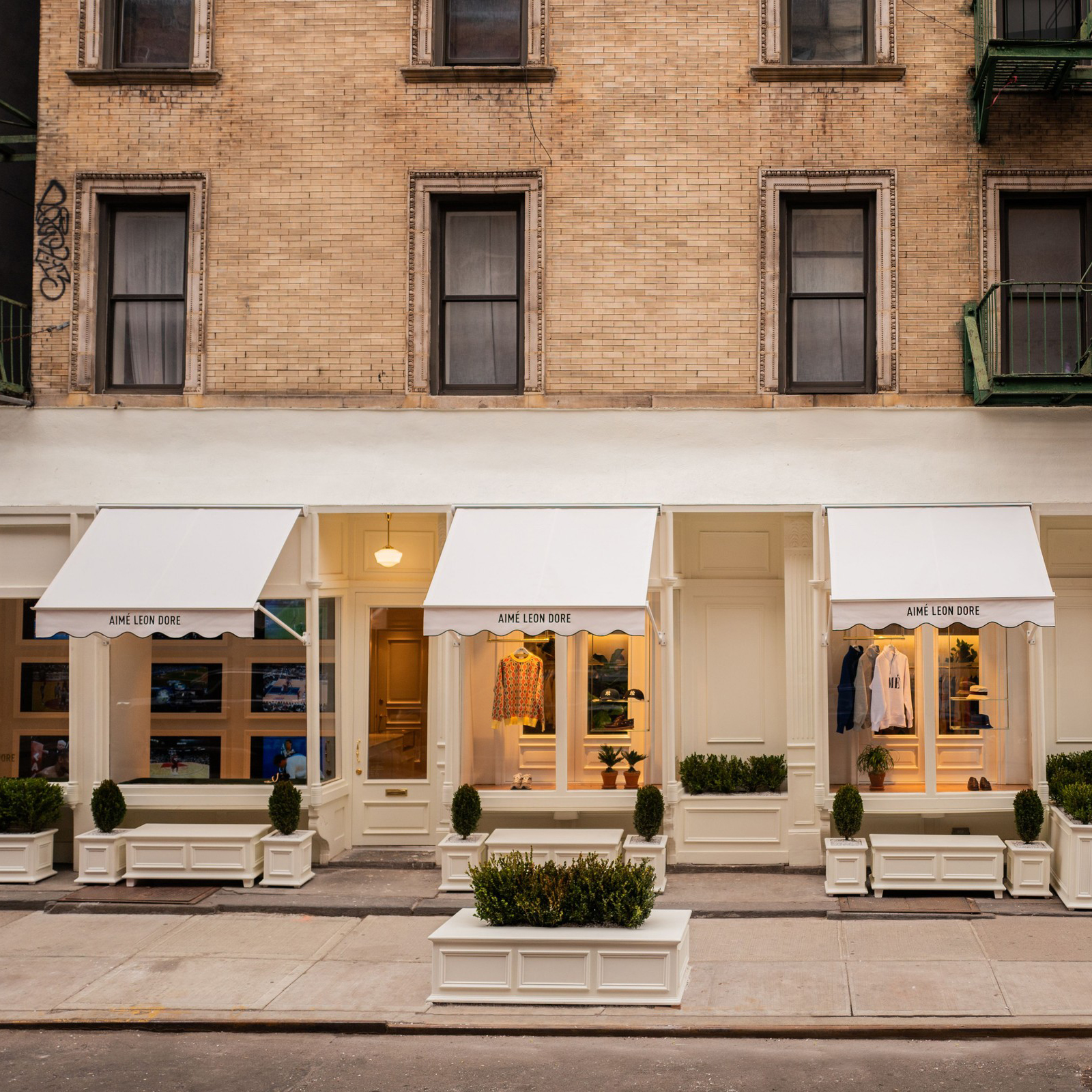
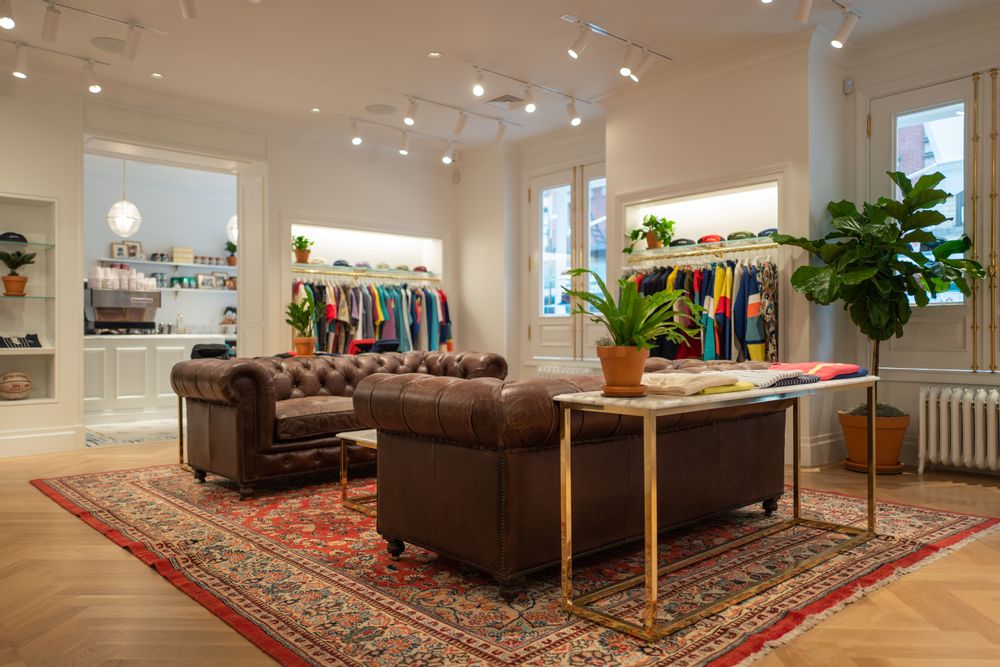
DG: What do you think makes a good brick-and-mortar experience?
AL: That’s the vibe, right? That’s the vibe. When you go in, it should feel like home. Everything about it — the energy, the smell, the visuals. The store should be laid out so that it’s easy to navigate. You should be able to get to the things you need quickly and discover things you didn’t know you needed. That sense of discovery has to be exciting.
I’m an incense guy, so for me, I think that the ideal store should have some incense burning. Does the music sound like someone thoughtfully put together a playlist, or does it sound like a canned soundtrack? Is the vibe good, or is it wack? It’s all about how the space feels.
It’s not that different from walking into a cool hotel or your favorite restaurant. The experience should be something that resonates with you. When you walk into a store, does the space make you feel like you should spend more time here and some of your hard-earned money? When you spend money somewhere, you’re supporting that company’s way of doing business. And I think that’s how brands also need to consider their customers — they should make them feel like they belong. I know this sounds vague and ethereal, but I think if a store is built by people who care, and it’s built thoughtfully and sincerely, it will resonate with customers. I’m convinced.
DG: In your personal life, which stores resonate with you? Who’s out there doing it right?
AL: Aime Leon Dore is one. Teddy Santis has done an incredible job storytelling and including people in his vision. When you walk into that store, it’s his team’s story. And it resonates with people because it’s genuine, earnest, and sincere. Same thing with Noah and 18 East. I know these aren’t big brands, but they’re doing things in a way that feels earnest and true. That’s why they resonate with people. When you walk into those stores, you say, “cool, I want to spend more time here.” This isn’t an easy thing to build, but it’s going to define the next generation of progressive retailing.
DG: You have a really interesting Instagram account, where you post very vulnerable and personal things. It’s not just about fit pics; it’s about connecting with people. You talk about very taboo issues, such as anxiety, which goes deeper than what menswear guys usually talk about on Instagram. I think your Instagram was also private for a while, is that right? What made you go public?
AL: I was having a conversation with someone two years ago at work, and I answered their question somewhat awkwardly. I felt terrible about it later, so I typed up something and put it online. The note was basically: “Hey, I don’t know if anyone else has had this experience with me, but I’m socially anxious. If you get a weird vibe from me or think I’m stuck up or snobby, it’s not you. It’s me. I have social anxiety.”
I posted that on Instagram, and a bunch of people reached out to me, many of them friends in this industry. They were like, “Wow, I feel that way too!” Our industry is very strange. It’s hyper-competitive. I wouldn’t do anything else, but there’s a lot of anxiety and insecurity on the creative side of this business. So people put on emotional armor.
However, when I go out and have a meal with someone, I may think they’re a certain way until the armor comes down. Everyone has had their past, a story to tell, and challenges they’ve had to overcome. There’s often this veneer where you assume someone is super cool and aloof, but it’s just not true. Or, when I do meet people like that, I don’t find them to be very cool at all. To me, the definition of cool is the ability to relate to other people.
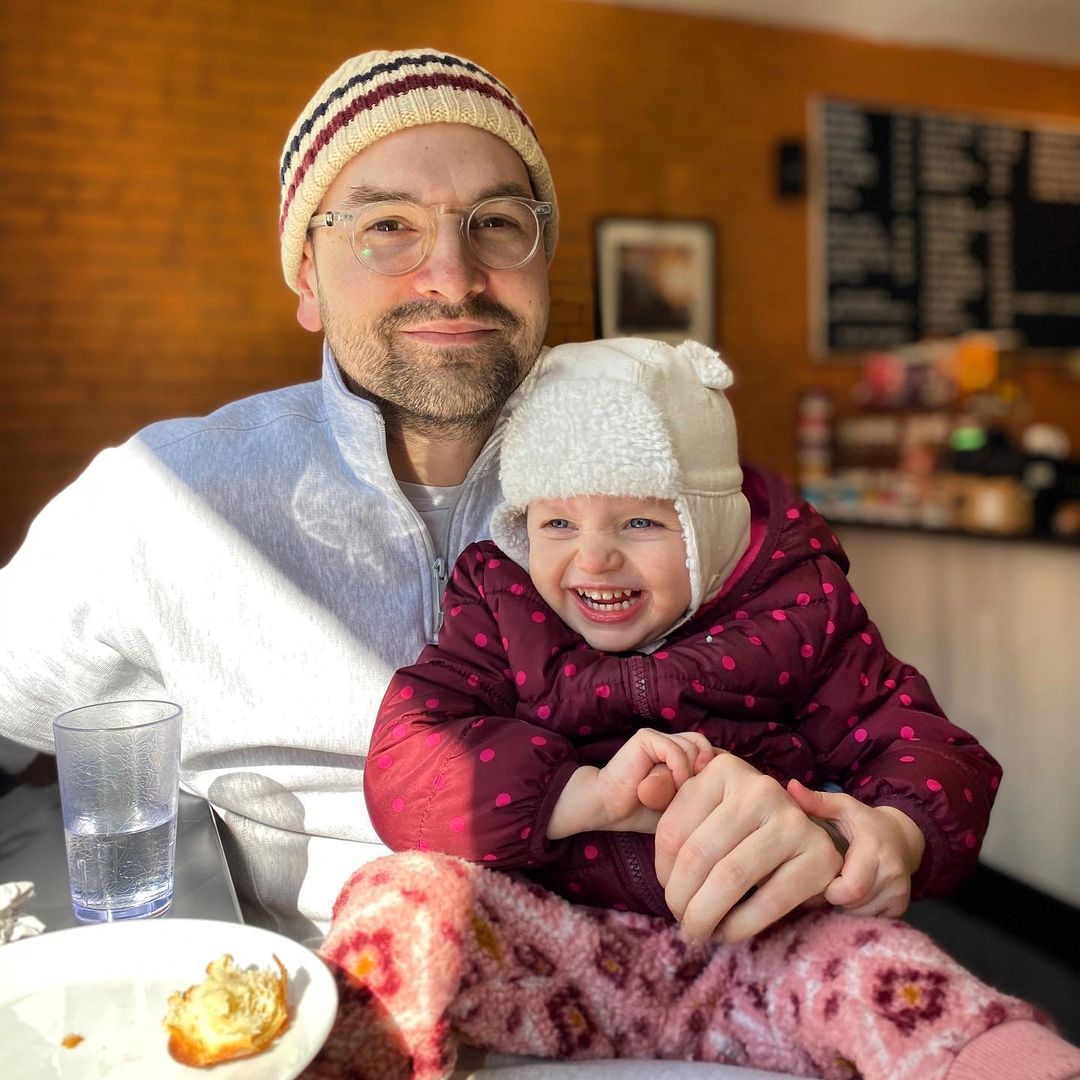
DG: That reminds me of a conversation I had with Jeremy Kirkland of Blamo! last year. We were talking about whether the definition of cool in menswear has shifted. In 2010, aspirational menswear was all about bespoke tailoring and Ivy League campuses. Jeremy said he thinks cool now is all about being a nice person.
AL: It’s true! And having the courage to be yourself. Maybe you’re into things that aren’t widely considered “cool,” but you’re passionate about the stuff you like. And, as a result, you light up when you talk about that subject. That enthusiasm can be infectious. To me, that’s the definition of cool.
DG: We’re about ten years out from heritage menswear, when men’s style was all about authenticity. But even back when everyone was obsessed with authenticity, the idea was almost solely about products — it was factory visits, company histories, and craft. The notion of authenticity didn’t trickle down very far to how we should portray ourselves. Looking back, it feels like there was a lot of posturing over how men should dress and behave. Do you think it’s difficult, especially for men, to post about their feelings online?
AL: That’s what’s so funny. There’s a lot of power in talking about this stuff because it takes down barriers. It takes down people’s defenses. And then the conversation just becomes a lot more meaningful. It doesn’t have to be just about the last thing you bought. You can get into really meaty conversations online. And the more you take about it, the more it breaks down these taboos.
Those stigmas can cause a lot of anxiety in people. There are these parameters about what we’re allowed to talk about, and that affects how people feel. Once you realize those parameters aren’t real, sometimes they may just be in your head, then you can create your reality. It allows you to open up your mind and be more comfortable with who you are.
DG: So, what kind of responses have you gotten?
AL: I’ve had some people reach out to me with some really powerful stories. This is where it gets a bit squirrelly because I’m in no way a mental health professional. Sometimes I’ll hear from someone who’s really hurting, and I want to be careful about giving advice. I can only share what I’ve been through. So I say: “I see you, I’m here for you, and I want you to know you’ve been heard.” But some things are serious enough where someone should see a professional who’s trained in this field.
Except for one lame comment sent to me through DMs, everything has been pretty positive. Since posting, I’ve had some friends reach out to me. And I’ve reached out to friends. I’ve been having friends share their stories because they’re so amazing.
DG: You’ve had some great guest posts. I really like Mimi Fukuyoshi’s story, where she talks about how she’s always worried about being revealed as a fraud. She said something about how, whenever something good happens to her — say she lands a new job or she’s asked to be on your Instagram — she worries about people finding out that she doesn’t really deserve the attention. I remember thinking, “I feel like that too!”
AL: How about when that was named as a thing — imposter syndrome. I remember first hearing it and feeling like there was finally a name for something I constantly feel. A lot of my friends in the industry also feel like this. Like, “When are people going to figure out I’m a complete fraud?” It’s a very real thing.
I posted a photo of myself once where I dropped my guard. My mom took a picture of me in front of my house, and I wasn’t dressed very well. But you know, just post that stuff. That kind of material makes me like people more — it makes them more relatable. If we’re having a conversation and all you talk about is how cool you are, I’m not into that at all. I want to know what do you like? What are the things you nerd out to?
Like, I’ve been really into building Gundams lately. The process helps me relax and puts my mind at ease. Through that hobby, I’ve also found some friends who are also into Gundams. A couple of the guys at Abercrombie told me how they were really into them when they were back in South Korea. It’s fun being able to relate to people over things, as opposed to flexing.
DG: Do you think it’s easier to share these stories now than thirty years ago?
AL: Absolutely. That’s what’s so amazing about right now. There’s a changing of the guard. Look at the film The Devil Wears Prada. This is a lame example, but hopefully, it’s one that everyone understands. There was once a fashion culture where some tough, diabolical figure was at the top, and they led people by being nasty and mean. But things are changing now. The industry is more respectful, empathetic, and thoughtful. We’re not where we should be 100%, but I think expectations are changing. People want to be treated as real people. They want more balance in their life.
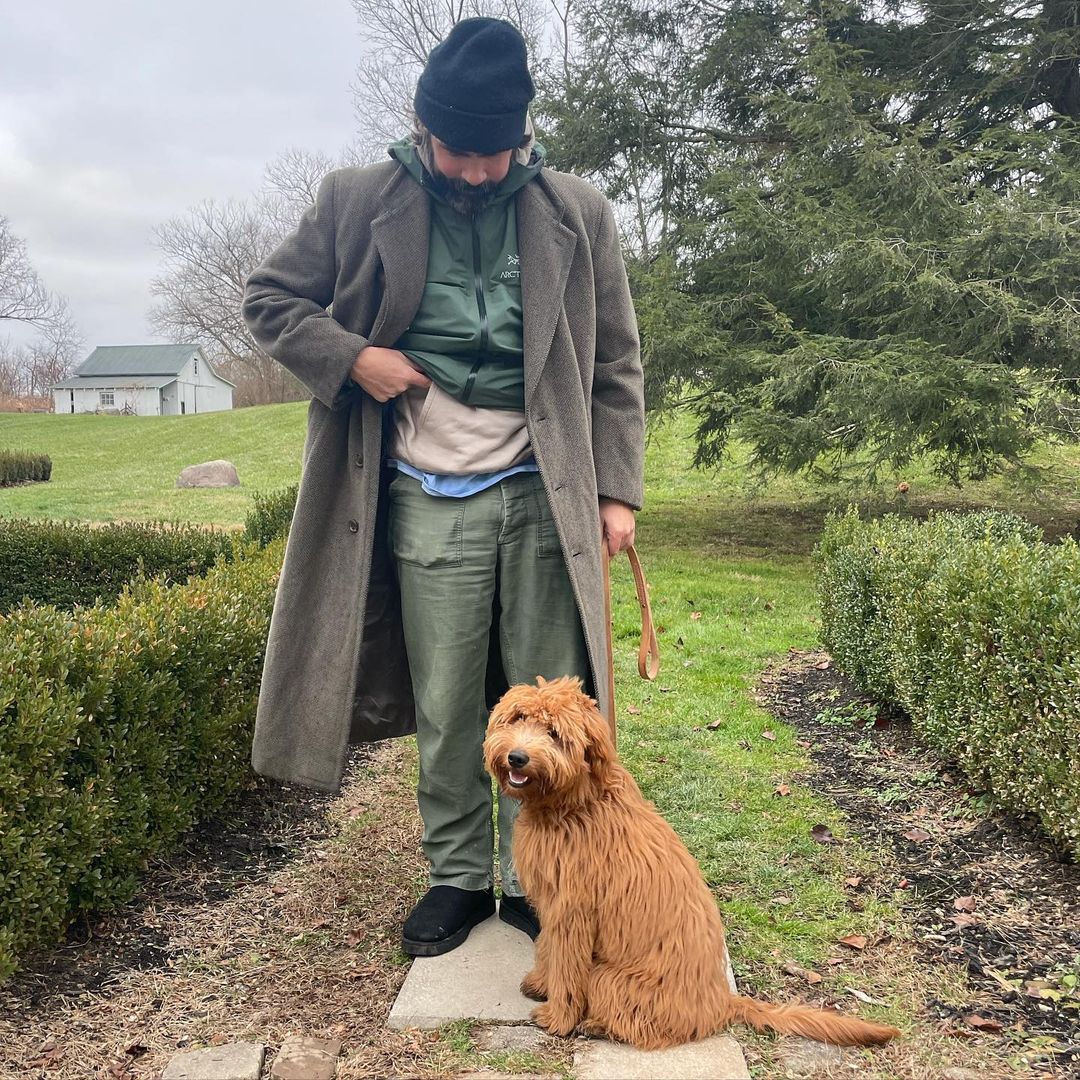
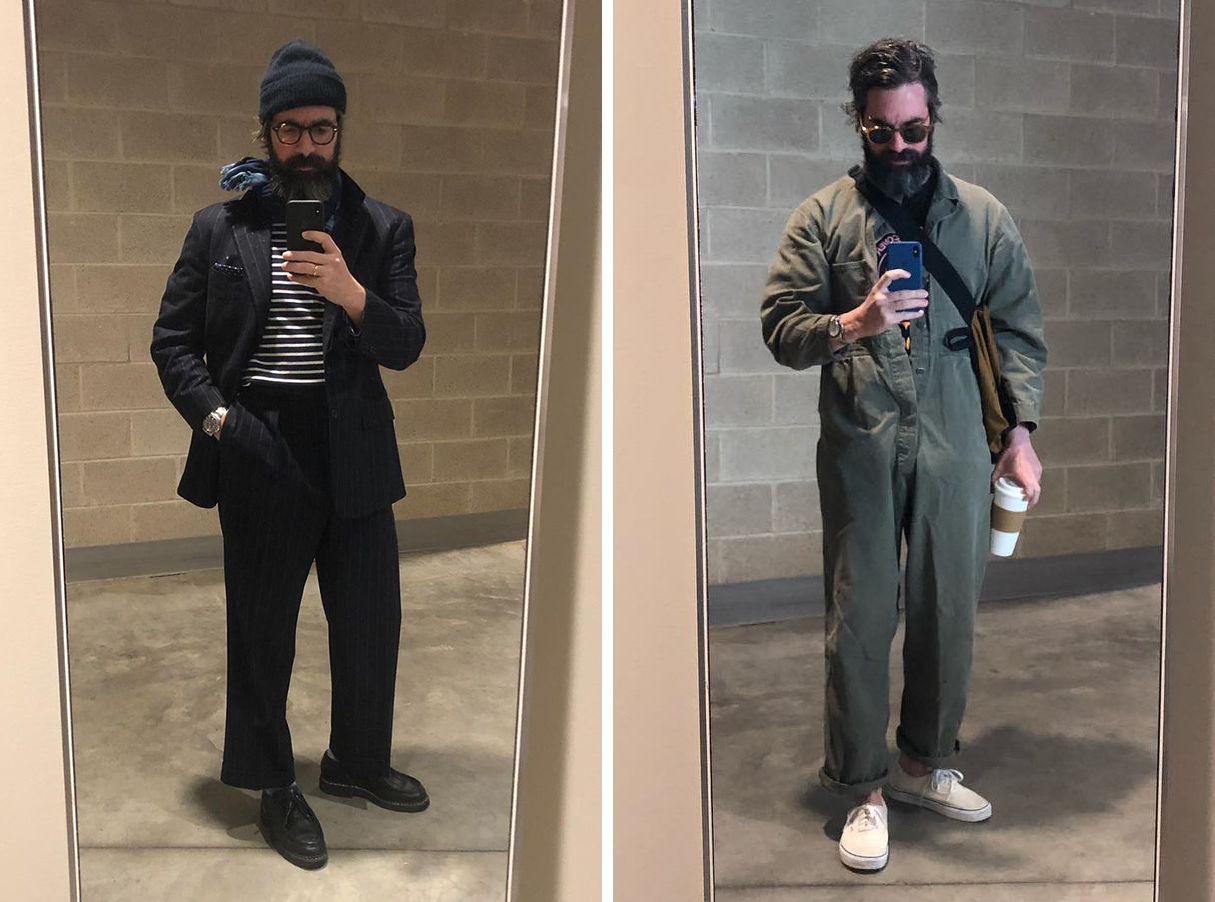
I don’t want this to get confused with not having high standards. I think it’s important to have high standards, but we also need people who can coach others on how to meet those standards. It’s about helping people improve their ideas. Not that there aren’t bad ideas, but I don’t think things are so black-and-white anymore. It’s not just about one person at the top being a jerk. It’s about having positive teams who can build good things.
I think a lot of this is changing because of the young people coming up in this industry. They’re asking, “why would I want to work for someone like that? That doesn’t seem cool.”
DG: I’ve noticed that you wear a lot of thrifted clothing, seemingly bought off eBay. How do you search for things on eBay? Do you have a particular method?
AL: By being a complete psycho? (laughs) This is literally my hobby, so I spend a ton of time on it. Have you seen this Netflix documentary called The Booksellers? It’s about people who buy and sell rare books. Like, how do those people know which are the good editions, which are the right printings, and which are the good books to buy? It just comes with time obsessing over some niche. I spend a lot of time looking at clothes online, going to vintage stores, and working with vintage dealers. One of my favorites is Dougie Gunn over at The Vintage Showroom in London. The more time you spend with this stuff, the more you understand it. And, more importantly, the more you know what resonates with you.
When I’m on eBay, one search will beget another. For a while, I was obsessed with outerwear and, specifically, topcoats. I was looking for a lot of old Polo stuff, and then at some point, I thought, “man, I would love to see some of that old Armani.” And that led me down another rabbit hole. I often find myself going down these paths. I’ll research the manufacturers, where those factories are located, and who wore what during which time period. But to be sure, sometimes I’ll buy something, and it sucks. They’re not all winners. But when they’re good, damn it man, they’re good and unique. They have a soul, and you’re giving these items another life.
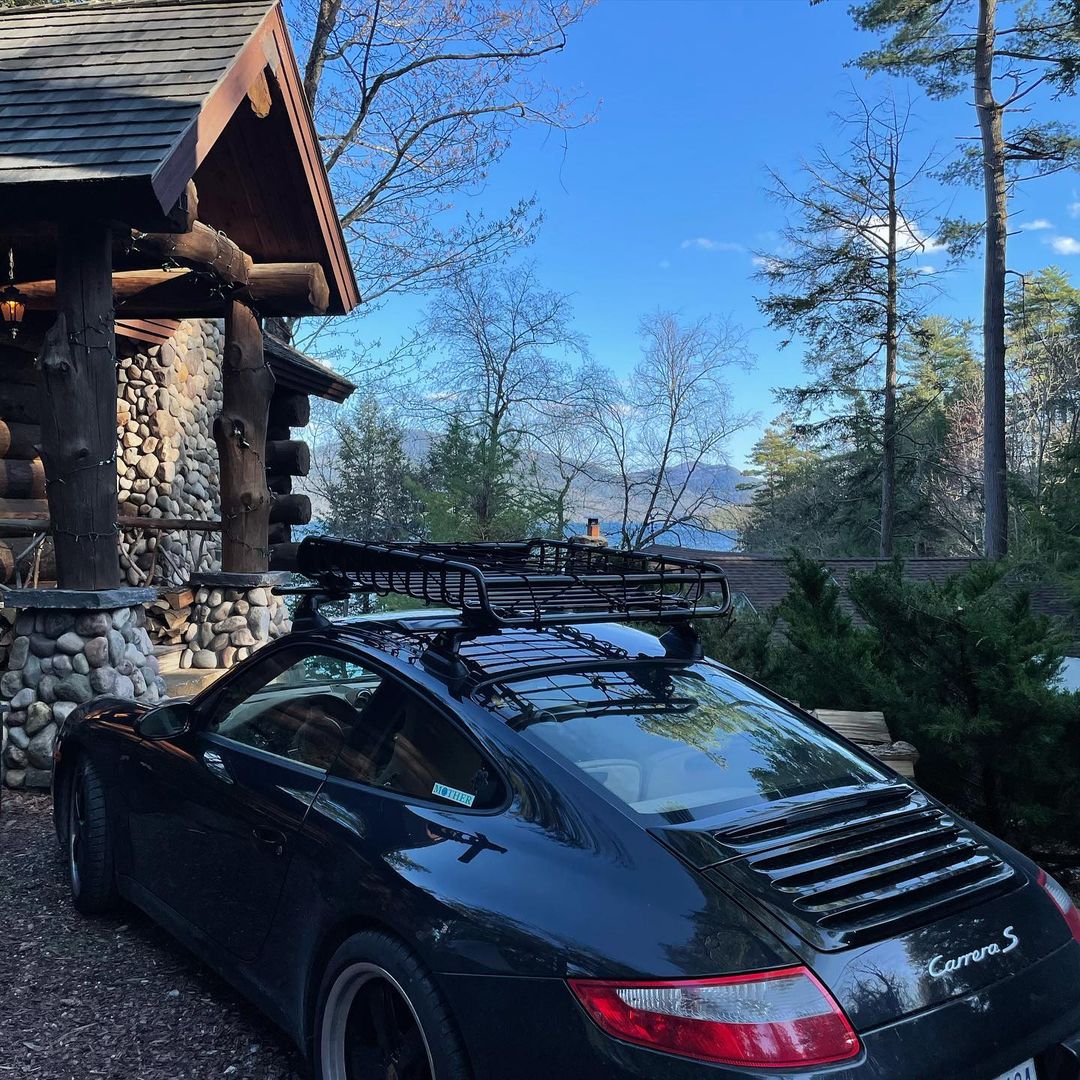
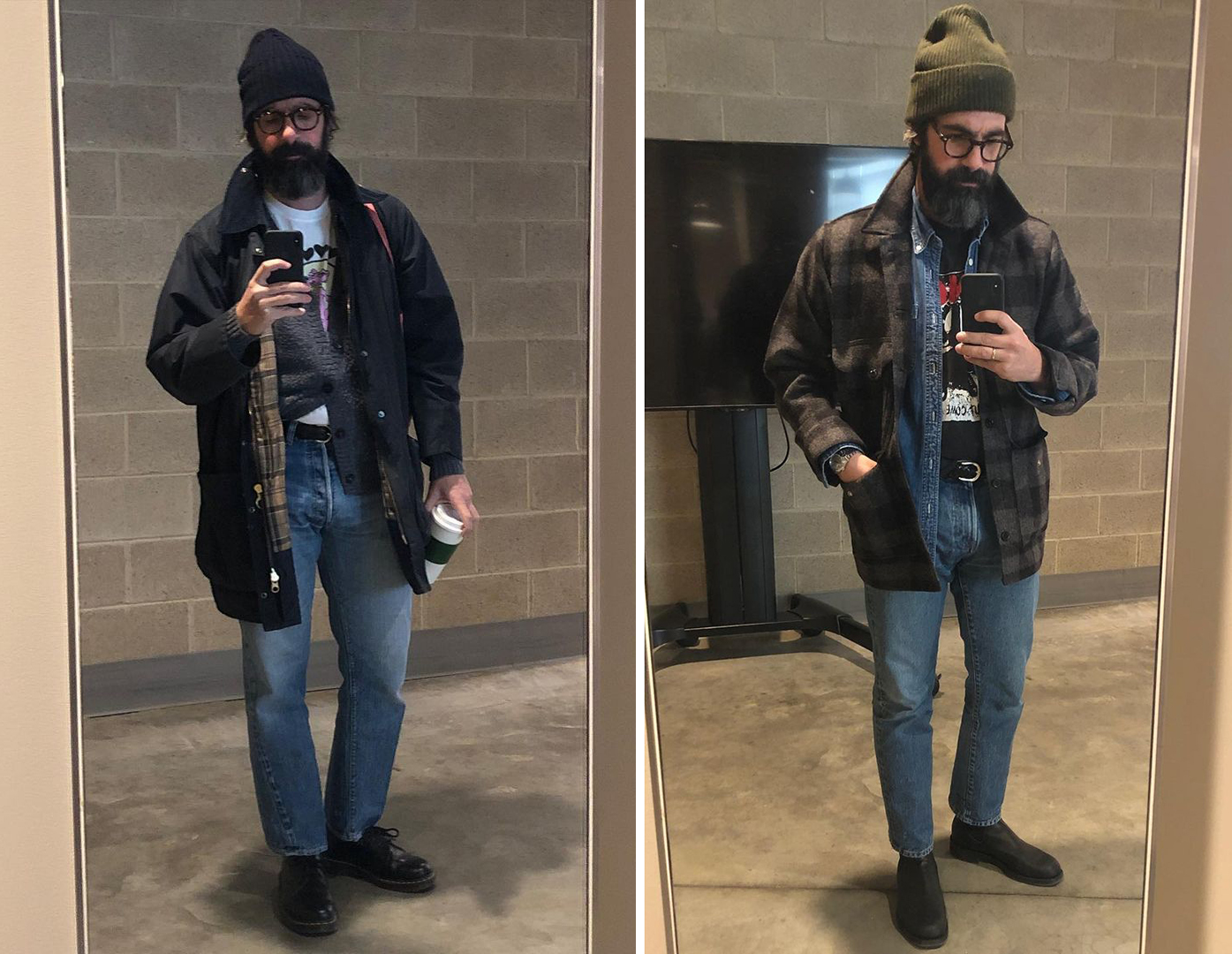
A while ago, I bought this 100% cashmere Ralph Lauren Purple Label topcoat made on Savile Row. It was probably a $10,000 coat at full retail — $10,000! — and I picked it up on eBay for $300. And it was pristine when it arrived to me because the person who bought it — someone who probably bought it decades ago — may have thought, “I can’t wear this $10,000 coat.” So the coat sits in their closet for years until they decide to do a cleanout. At that point, it winds up on my eBay search, and I get a chance to buy it. Now I get to wear the hell out of it because I only spent $300 on this. And I get to wear it how it was intended to be worn, or with jeans and a t-shirt because I like that tension between high and low. I feel OK doing that because of how much I spent on this. If I ever spent $10,000 on a coat — which I could never afford to do — it would also sit in my closet forever. I’d be like, “oh my gosh, I was out at five, and someone bumped a cigarette against it, or someone got ketchup on it.” It’s like that episode of Seinfeld where Jerry buys a new suede jacket and is too worried about getting it wet in the rain.
When you shop second-hand, you get to explore your taste a little more freely and easily. You can do it in a more thoughtful, considerate, and environmentally friendly way. It’s sustainable because you’re giving these products a new life. It’s the same with cars. I have this small, older sports car. If I had bought that car new, I would have been scared to drive it. But instead, I bought it from an older gentleman and his wife, who loved it and put 30,000 miles on it over the course of 14 years. Now I get to give it a second life. Since I bought it at a reasonable price, I get to drive this thing like it was meant to be driven.
Sometimes people buy things for bragging rights, or they wait so long to attain something, they’re afraid actually to use the item. They don’t want to do anything that might damage it. But in the second or third lives of these things, that’s when you really get to use these things in the ways they’re meant to be used. And that’s what the soul in these pieces wants. I genuinely believe there’s a soul in these items. There may be a team of six or seven craftspeople involved in making a jacket on Savile Row, or a line of autoworkers at a car factory. There’s a bit of their soul in those products — some of their energy. When you buy beautiful things second, third, or fourth hand, that’s when you can use things the way they desire to be used.
DG: So, what’s next? Are you thinking about starting your own brand, or do you want to design for another company?
AL: I don’t know. I know I want to work with people I love and respect, and I want to be able to pour my heart and soul into my work. That may be in the role of designer, or it may be something else. But right now, I’m just following my bliss. My plans include getting inspired and seeing friends who are more than friends; they’re like family. It’s like the end of Dazed & Confused, where he’s like, “I don’t know my plans, man. We’re going to get Aerosmith tickets. Top priority of the summer.”
Many thanks to Aaron for his time! Readers can follow him on Instagram.







